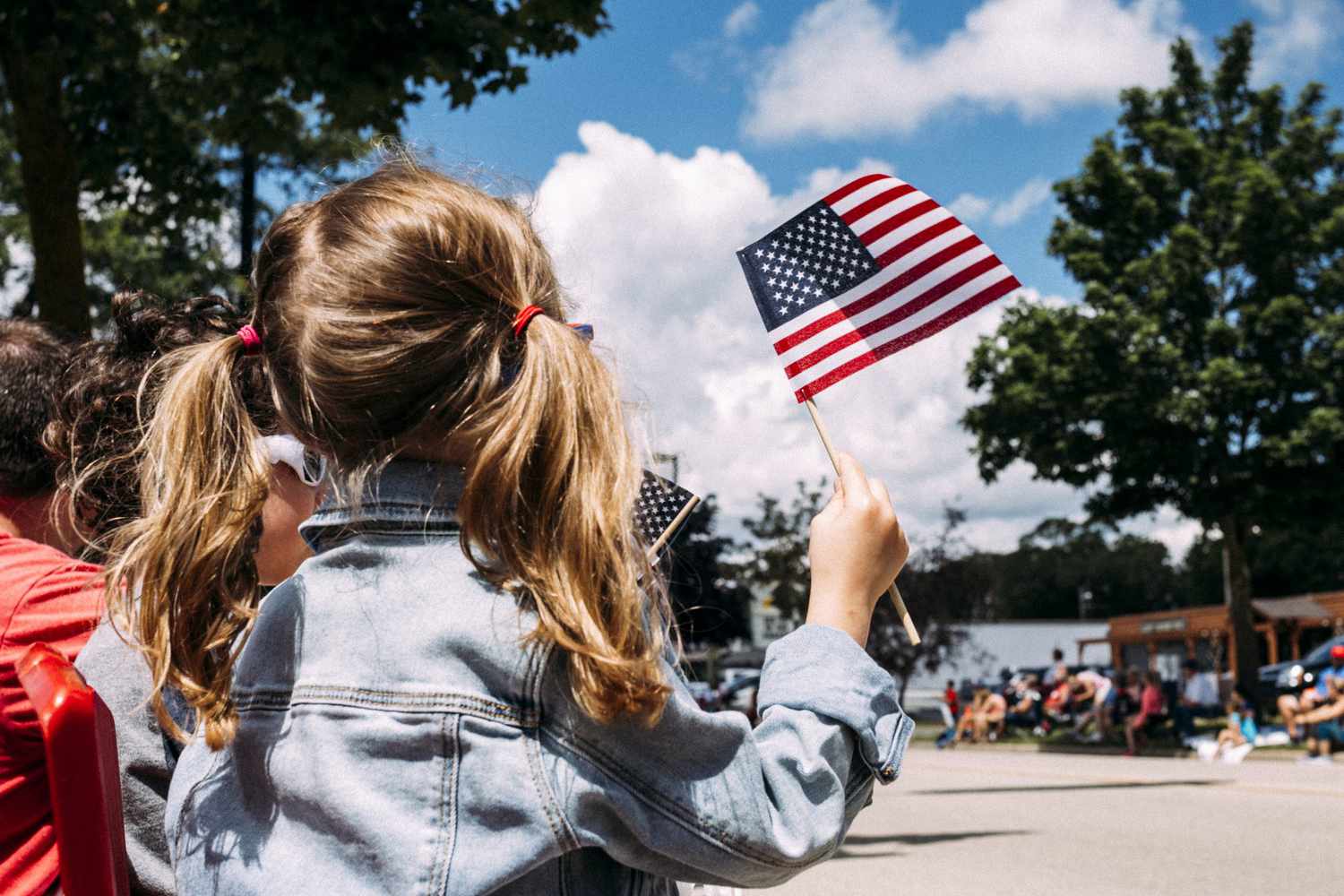
To a child, the Fourth of July usually means three things: fireworks, hot dogs, and staying up past bedtime. And hey, those are all excellent selling points. But as parents, we know there’s a bit more to it than glow sticks and s’mores. So, how do we explain the why behind Independence Day, without turning it into a boring history lecture or a political landmine?
Here’s how to talk to your kids about the Fourth of July in a way that’s honest, age-appropriate, and maybe even a little inspiring—plus some activities and resources to bring it all to life.
🇺🇸 1. Start with the Basics (and Keep It Short!)
For younger kids, the goal isn’t a full-blown civics lesson—it’s a clear, simple story.
“The Fourth of July is when we celebrate the birthday of our country. A long time ago, the people here wanted to be free and make their own rules. So they wrote a big letter called the Declaration of Independence.”
📚 Resource:
National Archives – Declaration of Independence for Kids – A concise explanation accompanied by images of the original document.
💬 2. Talk About What We Stand For
This is a great time to introduce values like freedom, fairness, and community. Even young kids understand the importance of sharing, having a voice, and making things better.
“America was started with the idea that people should be free to speak up and help shape their own future.”
🎧 Resource:
Kids Academy – 4th of July YouTube Episode – A short YouTube clip that explains the basics of Independence Day.
🎨 3. Make It Personal – And Fun!
Instead of just explaining things, invite your child to reflect and engage.
Try asking:
- “What’s something you’re grateful for about where we live?”
- “What would your Declaration of Independence say?”
- “If you were in charge of a parade, what would be in it?”
🎨 Activity Idea:
Have your kids create their own version of the Declaration of Independence—on poster board, with drawings, glitter, stickers—the works. Let them “declare independence” from chores, broccoli, or bedtime.
📍 4. Connect It to the Real World
Freedom didn’t just appear in 1776—and it isn’t guaranteed forever. Talk about the people who’ve helped shape and defend our country, from historical figures to today’s helpers.
“The Fourth of July is a good day to remember how many people have worked—and are still working—to make this a better country for everyone.”
📚 Resource:
Smithsonian’s History Explorer – Explore U.S. history through videos, activities, and stories made for younger audiences.
🎨 Activity Idea:
Write thank-you cards to local firefighters, teachers, or veterans and drop them off together as a family outing.
🎇 5. End the Day with Gratitude (and Sparklers)
As you’re watching the fireworks or roasting marshmallows, pause for a moment of reflection.
Try something like:
“What do you think makes a good community? How can we help make ours better?”
Even a simple conversation like this can plant seeds of awareness and appreciation.
📚 Resource:
“We the Kids” by David Catrow – A fun, beautifully illustrated book that explains the Preamble of the Constitution in kid-speak.
🎨 Activity Idea:
Create a red, white, and blue “gratitude jar.” Each family member writes down something they’re thankful for about their community or country, then share them together before bedtime.
Final Thoughts:
The Fourth of July is so much more than fireworks and BBQs—though those are great too. It’s a chance to start meaningful conversations, highlight shared values, and show our kids that being American means not just celebrating freedom, but working to protect it.
And if you’re lucky, it also means getting them to bed before midnight … with minimal sparkler-related injuries.

Tiffany Wilson is a 42-year-old stay-at-home mom from Tigard, Oregon, raising three kids—Sophie, Noah, and Riley. She’s a warm, hands-on parent who mixes daily routines with creative fun, whether it’s a backyard scavenger hunt or building a blanket fort in the living room.
